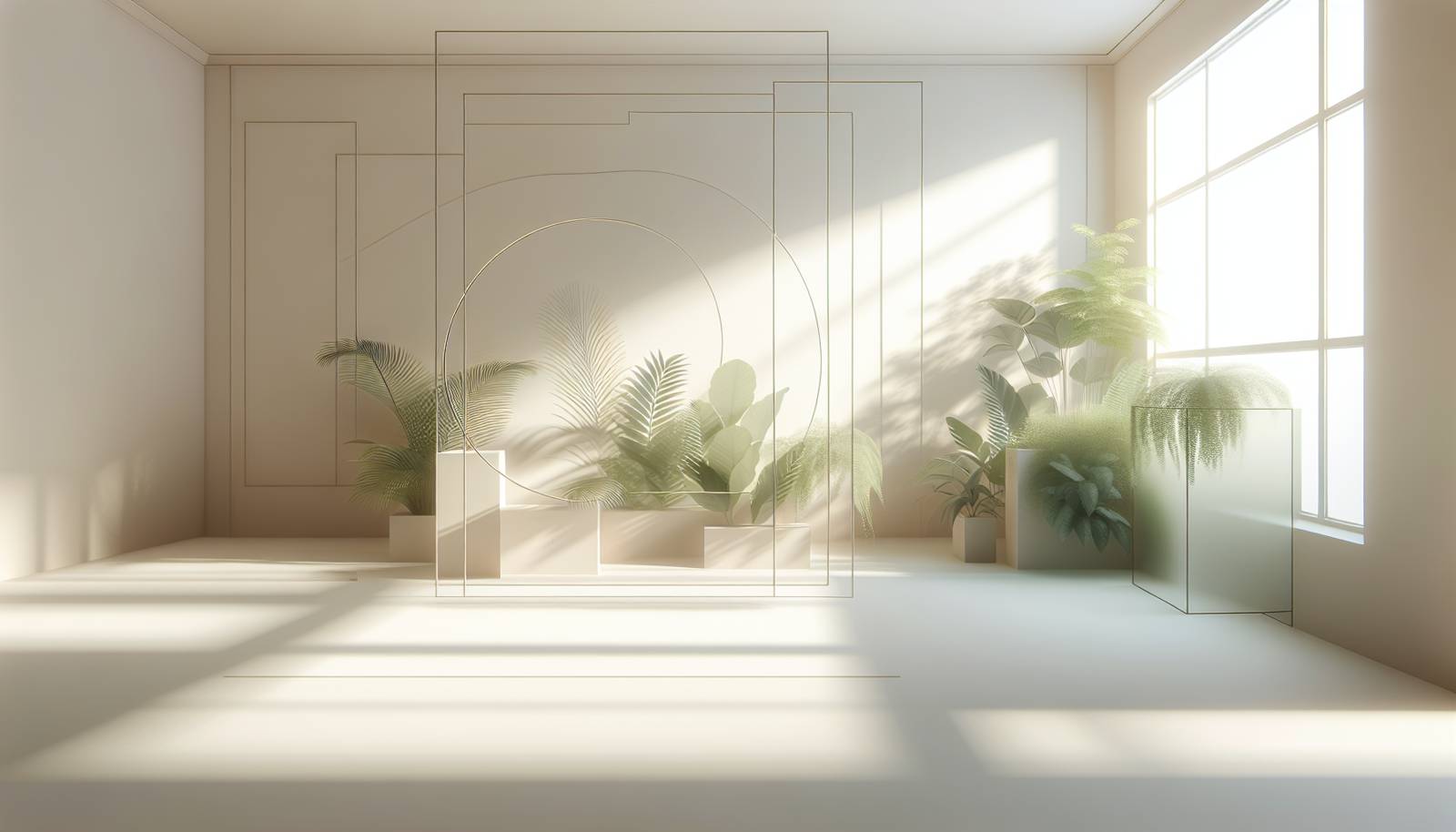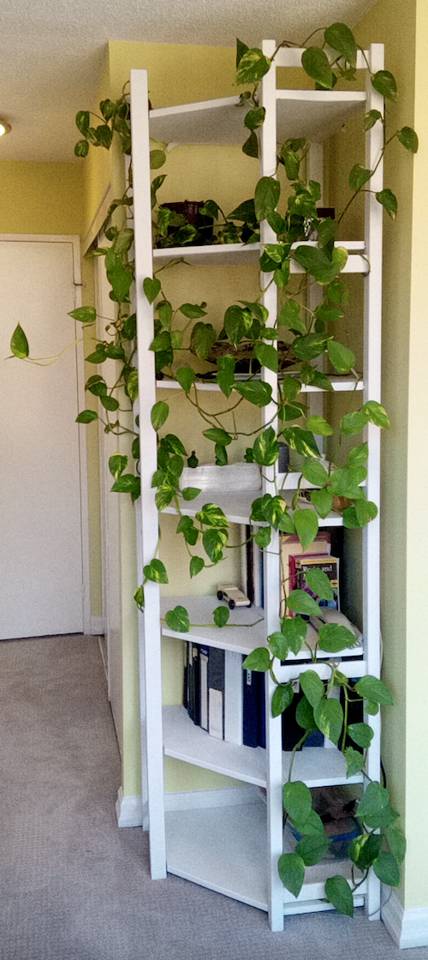
FAQ About Natural Indoor Plant Light Maximization

What are some effective strategies to maximize natural light for indoor plants?
There are several strategies to maximize natural light for indoor plants. Placing plants near windows is the most effective method; east and west-facing windows typically receive the most sunlight. Keeping windows clean to remove any barriers to natural light is also important. Using mirrors or reflective surfaces can help redirect light towards your plants. Additionally, rotating plants regularly ensures all sides receive equal exposure to light.

How can I position my indoor plants for the best natural light exposure?
To position your indoor plants for optimal natural light exposure, place them close to windows that face east or west as these directions provide the best quality of sunlight throughout the day. Be mindful of the season; during winter, you might need to move plants closer to south-facing windows for more light. It's also crucial to avoid obstructing the light source with furniture or blinds and to consider elevating plants using stands if they are too low to receive sufficient light.

Can certain materials enhance the natural light available to my indoor plants?
Yes, certain materials can enhance the amount of natural light available to indoor plants. Reflective surfaces such as mirrors, white walls, or metallic surfaces can bounce light around the room, providing more illumination for plants. Using light-colored curtains can also help diffuse harsh sunlight while still allowing light to pass through.

How often should I rotate my indoor plants to ensure even light distribution?
Rotating your indoor plants every couple of weeks can help ensure even light distribution on all sides of the plant. This prevents plants from leaning towards the light source (a phenomenon known as phototropism) and promotes balanced growth. Adjust the frequency based on plant type and growth rate as some plants may require more frequent adjustments.

What is the impact of natural light intensity on plant growth indoors?
Natural light intensity greatly influences the rate of photosynthesis, which is essential for plant growth. Higher light intensity can enhance plant growth, leading to stronger and healthier plants. However, not all plants can withstand high light intensity; some may suffer from sunburn or bleaching if they receive too much direct sunlight. Understanding each plant's light requirement is crucial for optimal growth.

How do seasonal changes affect the natural light exposure of indoor plants?
Seasonal changes can significantly affect the natural light exposure of indoor plants. During winter, the sun sits lower in the sky and the days are shorter, often reducing the light intensity indoors, which can necessitate moving plants closer to windows. Conversely, summer offers longer days with more intense sunlight, which might require moving sensitive plants away from windows to avoid excessive heat and light.

Are there any specific indoor plants that thrive with minimal natural light?
Yes, several indoor plants thrive with minimal natural light. Examples include the Snake Plant, ZZ Plant, and Pothos, all of which are well-suited for low-light environments. These plants have adapted to survive under less intense light conditions, making them ideal for rooms with limited natural light exposure.

What role do clean windows play in maximizing natural light for indoor plants?
Clean windows are crucial in maximizing natural light for indoor plants. Dirt, dust, or grime on windows can block a significant amount of sunlight from reaching your plants, reducing the light available for photosynthesis. Regular cleaning of both the inside and outside of your windows ensures maximum light penetration, benefiting plant health and growth.

How can window coverings affect indoor plant light exposure?
Window coverings, such as curtains or blinds, can significantly affect indoor plant light exposure. While they can protect plants from excessive direct sunlight, they can also block necessary light if too opaque or thick. Choosing light, sheer curtains can provide a balance by filtering light softly while still allowing ample sunlight to reach the plants.

Can mirrors really increase the amount of light my indoor plants receive?
Yes, mirrors can effectively increase the amount of light your indoor plants receive by reflecting and redirecting sunlight. By strategically placing mirrors opposite or adjacent to your windows, you can bounce additional light onto your plants, increasing their exposure to natural sunlight without any costly electrical fixtures.
